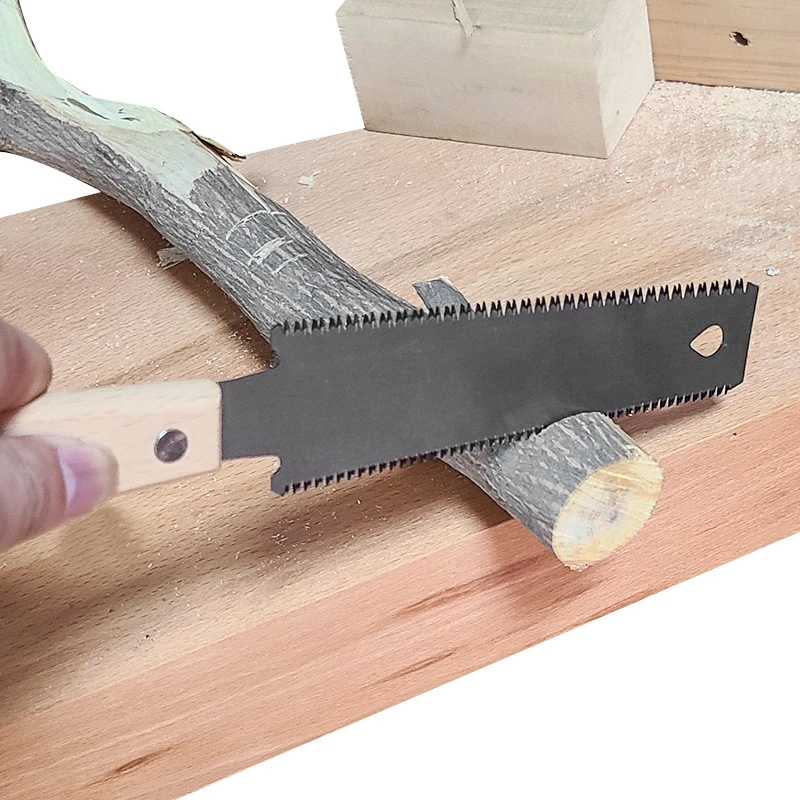As with cheap sound cards, the market for small desktop monitors is so crowded as to make a reasoned choice based on the technical characteristics is almost impossible, and it all boils down to ok, this speaker looks nice on my desk or not.
Yet choosing a monitor is critical, that’s where you’ll hear your sound from, and the monitor should give you a representative sonic spectrum.
But, what are monitor speakers? In a nutshell, monitor speakers are loudspeakers that we use specifically for audio and music production. They’re called monitor speakers or studio monitors because they’re used for monitoring – critical listening during recording, mixing, and mastering. You said nothing.
After having searched without results among billions of offers and catalogues, only one thing was clear to me: it is not possible to make a good monitor without spending at least 350-400 euro, a midwoofer of at least 4″ is needed, plus a good dome tweeter. These are my references.
So, I looked at a few DIY projects, all of which promise marvels and stratospheric listening, but in the end concreteness won (thank goodness) and I looked at a catalog I know well, that of Dibirama (the best in Italy, but certainly there is something equivalent in every country).
The owner is a nice person, I explained my needs to him and he gave me the instructions and the necessary components for my dream monitors. It’s not that things were simpler here also, the catalog is endless, but at least one address has arrived.
The mid-woofer choosen is a Scan Speak 12W/8524G00, the tweeter a Seas 22TFF, both for their excellent features and value for money.
Then you have to think about the acoustic box, because the speakers and the crossover filter will have to be placed somewhere.
We said desktop speakers, the size as usual matters. Therefore, excluding horns or transmission line systems for obvious reasons (the dimension), the most appropriate choice seems to be that of a speaker loaded in DCAAV, (double chamber reflex) we certainly cannot miss the low frequencies.
This makes the crate a little more difficult to make, but nothing impossible.
The acoustic box must be designed on the basis of the characteristics of the chosen speakers, it is not that a box is made by chance. Different software are available which allow to simulate the complete system with different types of load.
Turn, pull, spring, cut, mill, here are the cutting planes of the panels that are used to make this monitor (wood thickness 19 mm)
Next we need the filter that will divide the frequencies between the speakers.

It will be something like this:

Obviously you will have to build a pair of all. Don’t skimp on coils and capacitors, they directly affect the sound quality.
As for colors, woods and connectors you can indulge yourself, there is no rule apart from your personal taste.
If instead of looking on shops for the components by yourself you think it’s better to buy a ready kit, I’m sorry to say that this particular case for now is not yet available. But in need, the very kind Diego Sartori of Dibirama will be happy to help you compose the kit of all the components necessary for speakers and filters. Ask for Yuna III.


This isn’t the easiest kit to make carpentry side, it’s a real monitor with amazing performance that will give you satisfaction. Pair them with a good amp, they deserve it.
Impossible to expect more from a speaker big as an A4 sheet. Have fun!
.
